wire mesh for exterior stucco on block
dmpecorelli
15 years ago
Related Stories
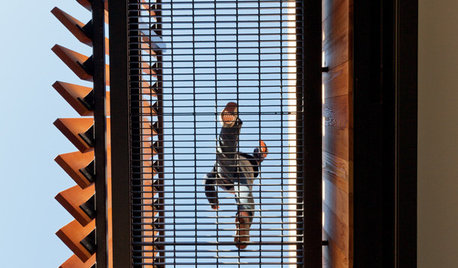
THE ART OF ARCHITECTUREDesign Workshop: Put Industrial Mesh to Work Around the Home
From open gratings to fine weaves, commercial metal mesh is a durable and beautiful choice for residences too
Full Story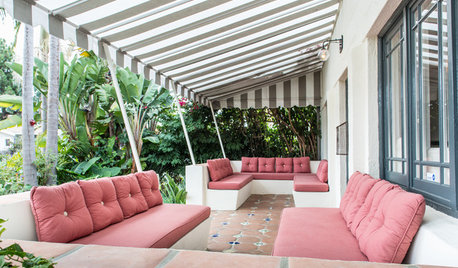
EXTERIORSGreat Design Element Our Grandparents Knew All About: Awnings
This time-tested feature for shading and cooling is enjoying a resurgence
Full Story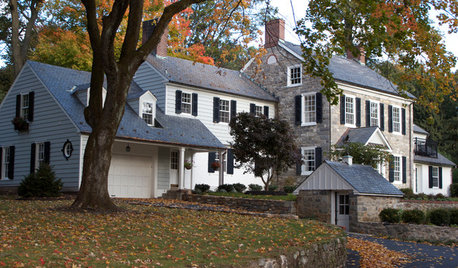
HOUSEKEEPINGIt’s Time to Clean Your Gutters — Here’s How
Follow these steps to care for your gutters so they can continue to protect your house
Full Story
EXTERIORSCare and Training for a Vine-Covered Home
Love the look but don’t want the ruin? Learn how to have vine-draped walls without all the cracks and crumbling
Full Story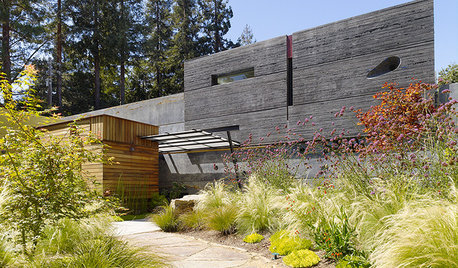
ARCHITECTUREArchitecture and the Art of the Wall
See how common building materials can become uncommonly beautiful displays of color, pattern, texture and light
Full Story
CURB APPEAL7 Questions to Help You Pick the Right Front-Yard Fence
Get over the hurdle of choosing a fence design by considering your needs, your home’s architecture and more
Full Story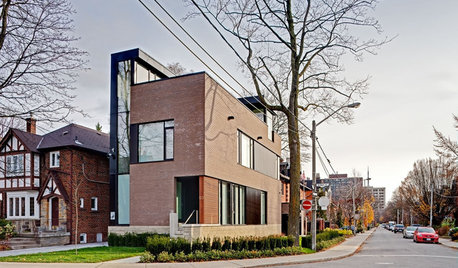
EXTERIORSModern Canadian Homes Showcase Clever Entryways
From hidden doors to sculptural steps, the entrances to these Ontario, Canada, dwellings make homecoming a special pleasure
Full Story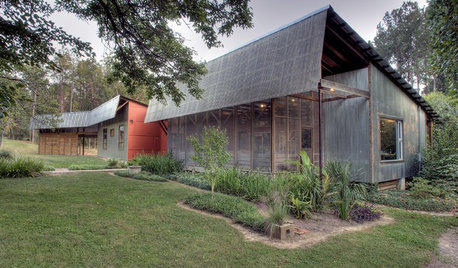
REMODELING GUIDESHello Again, Corrugated Panels
Once-Shunned Material Finds Expressive New Role in Contemporary Homes
Full Story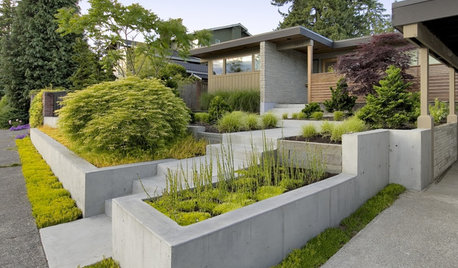
LANDSCAPE DESIGNGarden Walls: Pour On the Style With Concrete
There's no end to what you — make that your contractor — can create using this strong and low-maintenance material
Full Story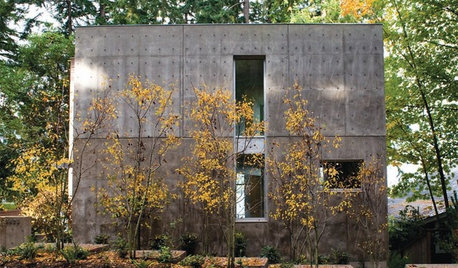
REMODELING GUIDESMaterial Choices: High Marks for Reinforced Concrete
Try poured-in-place construction for a wonderfully tactile, industrial look
Full StoryMore Discussions






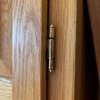
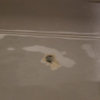

sierraeast
fixizin
Related Professionals
Spokane Kitchen & Bathroom Remodelers · Davidson General Contractors · Enumclaw General Contractors · Forest Hills General Contractors · Great Falls General Contractors · Lighthouse Point General Contractors · Los Lunas General Contractors · New Carrollton General Contractors · Alexandria Painters · Culpeper Painters · Minneapolis Painters · Petaluma Painters · Rosemont Painters · Ruskin Painters · Vista Park Paintersventupete
sombreuil_mongrel
sierraeast
fixizin
sombreuil_mongrel